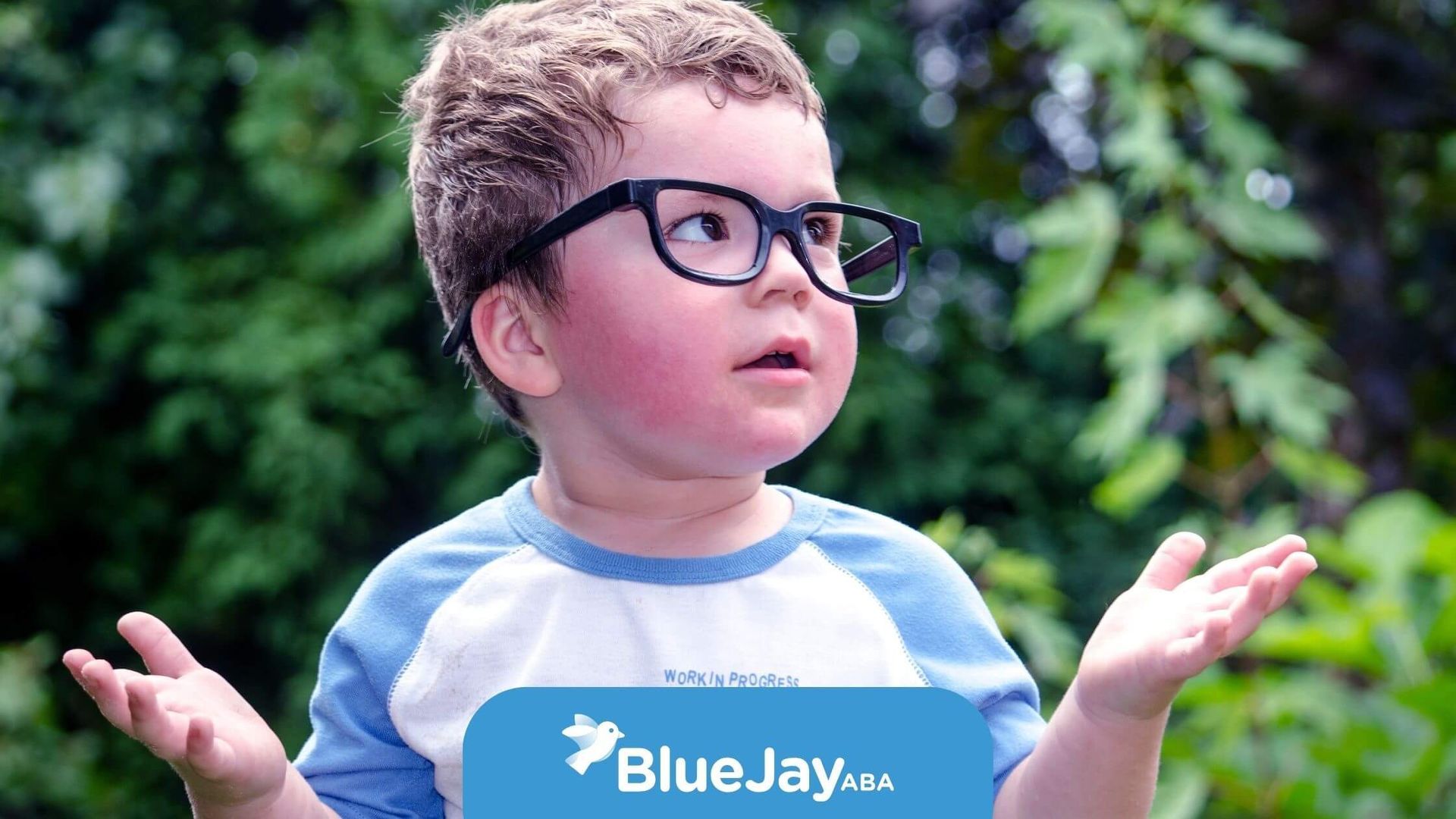Autism and Discipline: Why Punishment Often Doesn’t Work
Many parents ask if punishment works for autistic children. The truth is, autistic kids often process consequences differently than neurotypical kids. Punishment may not always make sense to them — and in some cases, it can increase frustration or confusion instead of helping.
Autistic children may struggle with understanding why a punishment happened. For example, if an autistic child has a meltdown and loses screen time, they may only feel upset about losing the iPad, not connect it to their behavior. This is why traditional punishment often doesn’t lead to lasting changes.
Instead of punishment, positive strategies usually work better:
- Clear expectations: Show and explain what behavior is expected.
- Positive reinforcement: Reward positive actions with praise, tokens, or favorite activities.
- Visual supports: Use charts, pictures, or schedules to help connect actions with outcomes.
- Consistency: The same response every time makes learning easier.
ABA therapy often focuses on teaching skills and replacing challenging behaviors, rather than punishing them. With the right support, children learn why certain behaviors are important and how to use better alternatives.
At Blue Jay ABA, we understand every child is unique. That’s why we provide personalized therapy services across North Carolina, including:
- Home-based ABA for one-on-one support in your home.
- School-based ABA therapy to help children succeed in class.
- Telehealth ABA for flexible therapy sessions from anywhere.
Positive guidance makes a lasting difference. Contact Blue Jay ABA today to learn how we can support your child’s growth.
FAQs
Do autistic children understand punishment the same way as other kids?
Not always. Many autistic children struggle to connect their actions with the punishment given. This can make traditional discipline less effective.
Why doesn’t punishment always work for autistic kids?
Punishment often creates frustration or confusion because the child may not understand the reason behind it. Positive reinforcement usually works better.
What’s the best way to teach an autistic child right from wrong?
Clear expectations, visual supports, and positive reinforcement are more effective than punishment. These strategies help children understand and practice desired behaviors.
Related Posts






